Babylon 6
space station
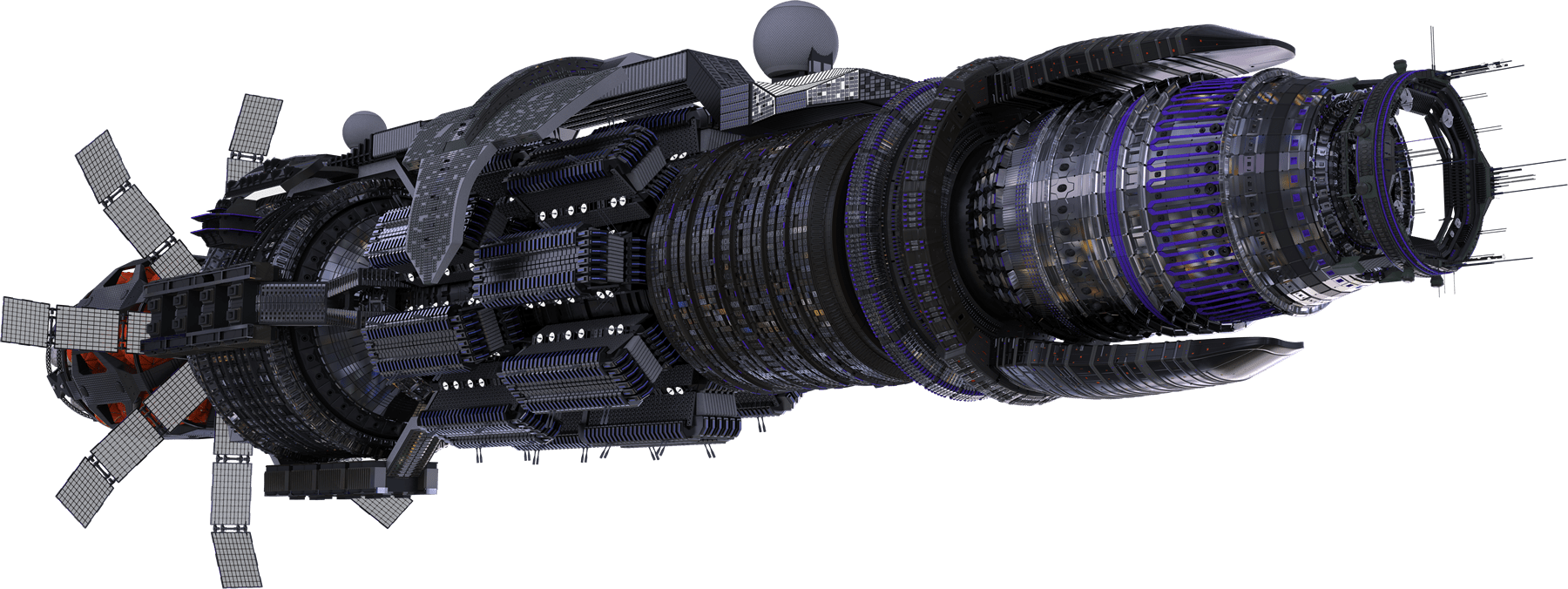

Background
The Babylon 6 space station was built after the Battle of Minbar as an attempt to rebuild the crumbling Interstellar Alliance. The project was initiated by Delenn. After a highly questionable victory, the leading races of the Alliance, though with some hesitation, were willing to invest in rebuilding the Alliance.
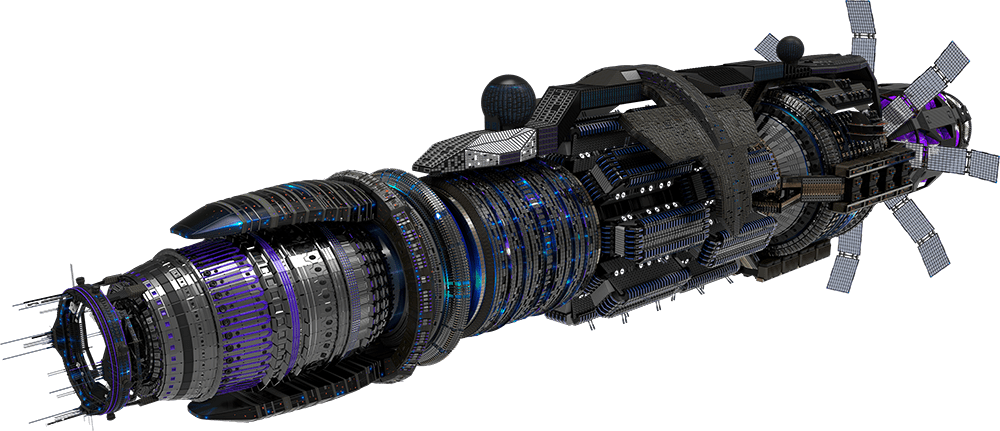

Building
Despite the fact that the construction of the station was undertaken by Earth with the support of Minbar, Narn and Centauri, which provided sufficient funding, by 2341 the internal political mood on Earth had already changed, and the completion of construction took place under different circumstances. As a result, some less important parts of the station were not fully completed, and some were done more cheaply.
Technical data
Length
11112 meters
Width
3200 meters
Height
3200 meters
Crew
2,665 humans
Garrison
8,000 humans
Population
340,000 humans and aliens
Artificial gravity
Yes
Power
1 antimatter reactor (at initial stage)
1 quantum gravimetric reactor
2 auxiliary fusion reactors
Duration
8 years

Weapons
- 10 heavy long-range pulse guns “Limit” M-90
- 12 quantum-gravity ray guns KGL-60
- 72 high-speed 4-barrel Vulkan M16 pulse cannons
- 4 Interceptor-3 complexes (96 launchers)
Defense
- 8-15 meters of polycrystalline segmented armor (damaged segments are easily replaced)
- Minbari stealth technology (disrupts targeting and scanning of attacking ships)
- gravity field (designed for collision defense)
Fighters
- 48 Thunderer class fighters.
- 24 Krechet class attack fighters.
Transports
- 2 Monsoon class military transports
- 20 shuttles
Coils and docking units
- 1 passenger bay
- 2 cargo bays (16 ship berths + 16 locks)
- 1 military bay (8 ship berths + 8 locks)
- 2 docking points for larger ships
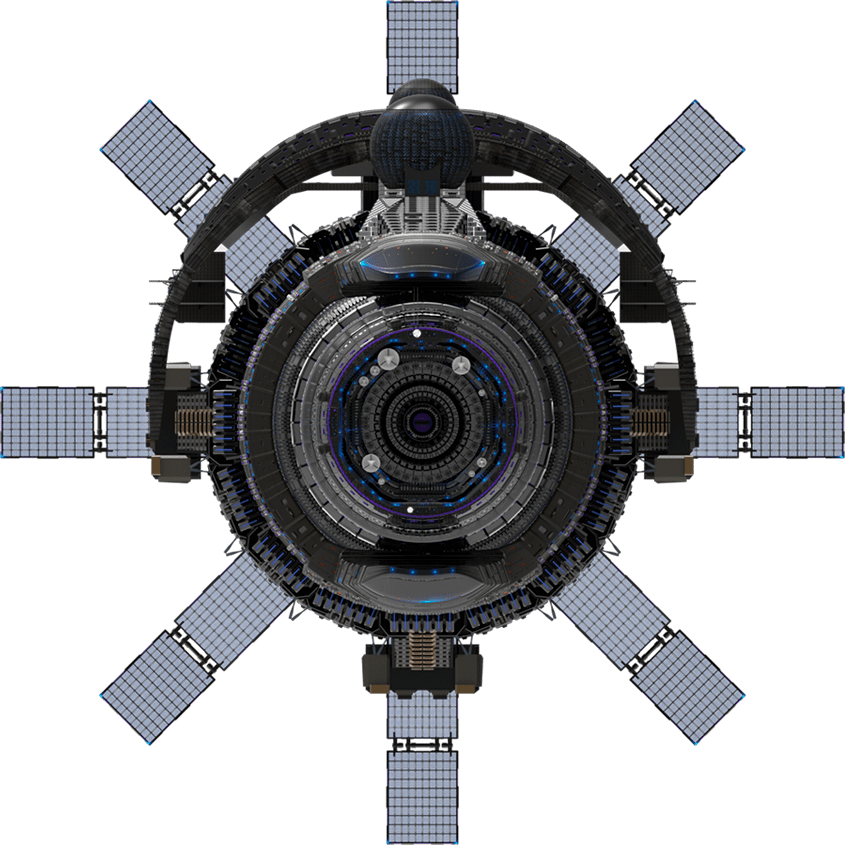
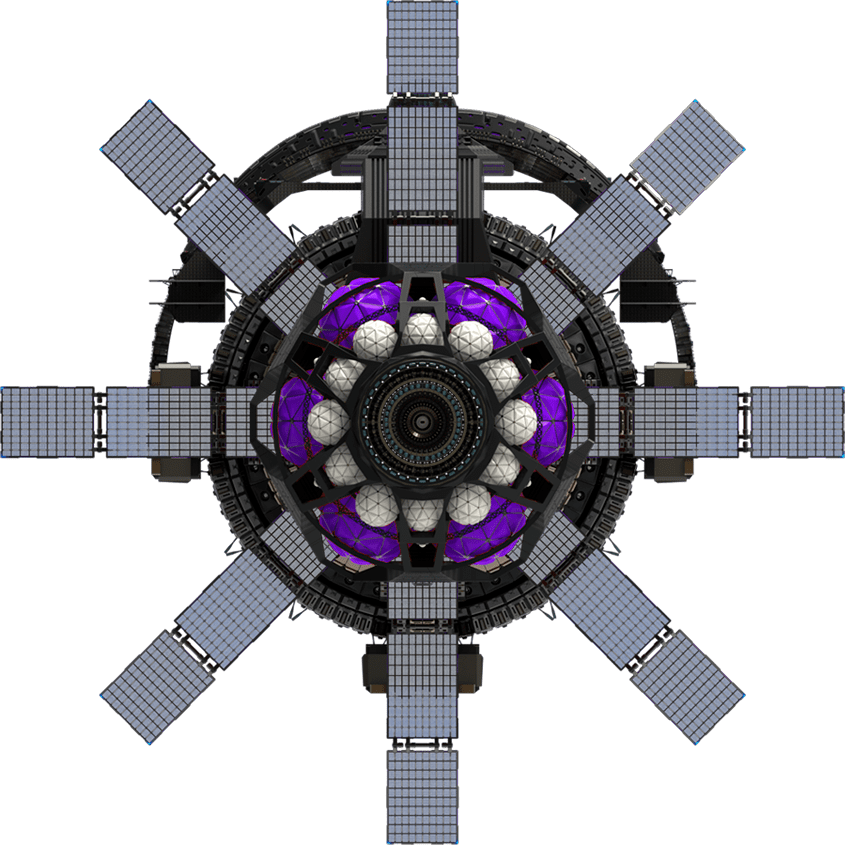
Sectors
In the nose there is an annex equipped with antennas, scanners and other devices for communication and tracking of the surrounding space. Every small passenger ship arriving at the station passes through the ring of this annex and is automatically scanned.

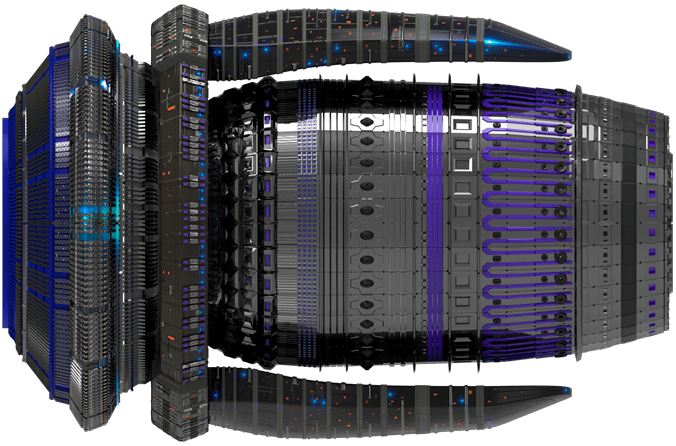
Blue (crew) sector
- command bridge
- office space (conference room, boardroom, etc.)
- main medical section
- staff apartments
Green (diplomatic) sector
- diplomatic rooms
- ambassadorial quarters
Purple sector
- apartments and quarters for aliens using other atmospheres
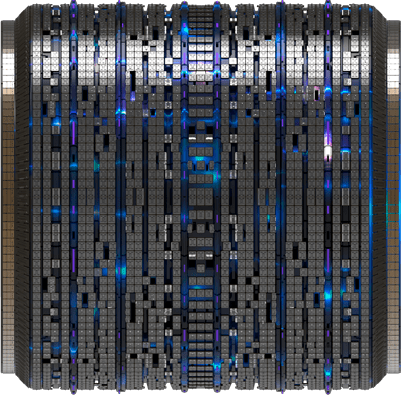

Brown sector
It is the commercial and retail sector that rents out the bulk of the apartments of the station’s permanent residents.
Red sector
Entertainment sector, which includes: casinos, entertainment facilities, hotels, market, cultural facilities (holographic park, museums, theaters, etc.). Along with the Brown Sector, the Red Sector is the most popular.
Gardens:
There are gardens of various fruit plants, fields, a grove with various non-fruit trees, and sports fields. In the gardens there are artificial sun and moon that simulate the daily cycle. There is also a weather control system that can create wind and rain. But due to the high cost, this system was not completed, so it is shut down until better times. The gardens are surrounded by the Red and Brown sectors.
The Brown and Red Sectors are equipped with eight living compartments each. Each such compartment can be launched in case of evacuation. In order that all compartments can be launched from the station, the Sectors are equipped with rotation mechanisms.
Grey sector
The “wings” contain technical rooms for unmanned robots, fighter bays, some weapons and maintenance systems.
Yellow sector
The Yellow Sector includes: cargo docks, warehouses and transportation equipment. The main part of the Yellow Sector is a huge drum, the outer perimeter of which has 600 cargo sections, which lead to bays and locks, where cargo is exchanged with the station. Inside the sections, cargo is automatically sluiced and sorted. The cargoes are then directed to the inner bays for further utilization.
Black sector
Perhaps the smallest and most enclosed sector is where the military quarters and barracks of the station garrison are located.
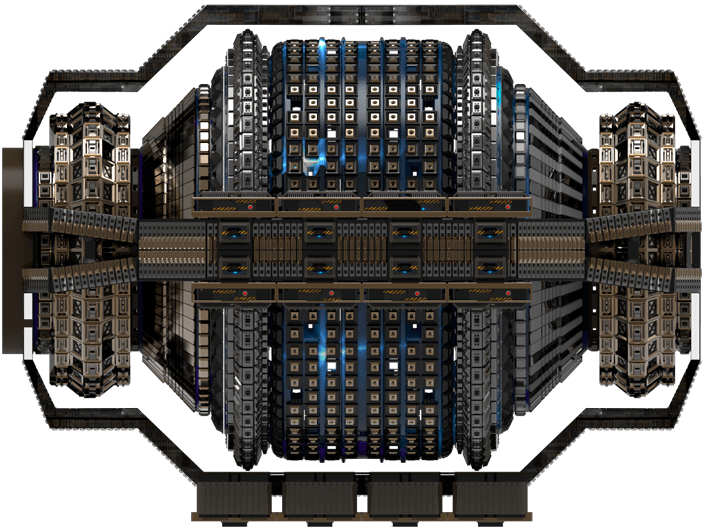
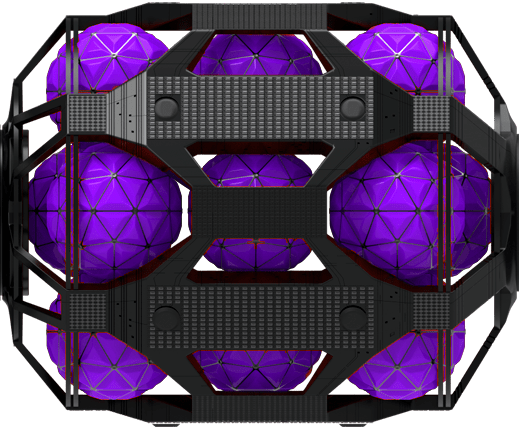
Grey sector
- reactors
- technical rooms
- manufactory
- industry
(entrance for personnel only)
Grey sector
- storage of fuels, gases and liquids (e.g. water) required for life support and service needs
- solar collectors
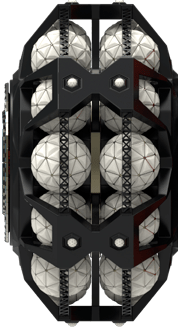

Connecting beam
There’s a huge orb on the connecting beam that houses the communications center:
- a communications center that allows relaying all interstellar channels of allied worlds
- an astrolab
- an exclusive hotel and restaurant.
The smaller orb was originally planned as a coordination center for military operations. However, the orb was never fully completed and equipped with the necessary technology due to the fact that the war with the unknown Aggressor-2338 has not yet begun. The orb is mothballed and is the responsibility of the Babylon 6 military.
Holographic Park
Consists of a movie, zoo, museum and sectional entertainment center (SEC). Located in the Red Sector.
Kino: An almost realistic performance in which the viewer perceives everything as if they were in the scene themselves.
Zoo: Showing holograms of famous animals from many worlds, also in their native environment, as well as at times mythical animals.
Museum: Almost the same as a zoo, but focused on holographic art, history, geography, etc. (depending on the “exhibition”)
SEC: Several cabins of different sizes where customers can enjoy many different holographic scenes combined with other elements (such as music). Customers can order scenes and images of their own imagination as long as it does not violate Earth Alliance or Interstellar Alliance laws. The Holopark is obliged to maintain confidentiality regarding its customers.
Design
The Babylon 6 station is organized like a large construction kit. Almost all elements can be detached and replaced. In particular, the segmented armor can be easily repaired by replacing damaged segments. This approach increases the survivability of the station and simplifies its maintenance.

0 Comments